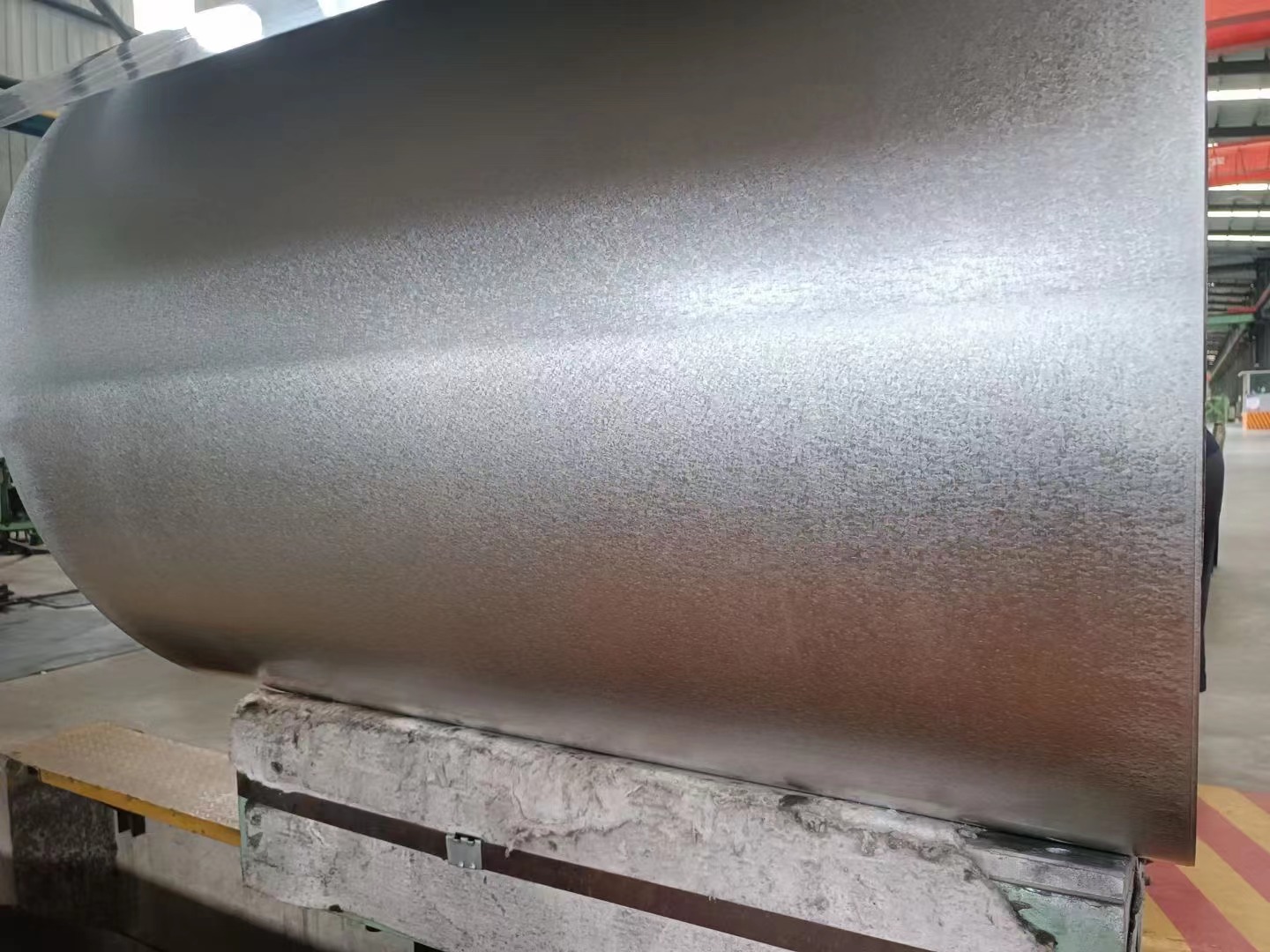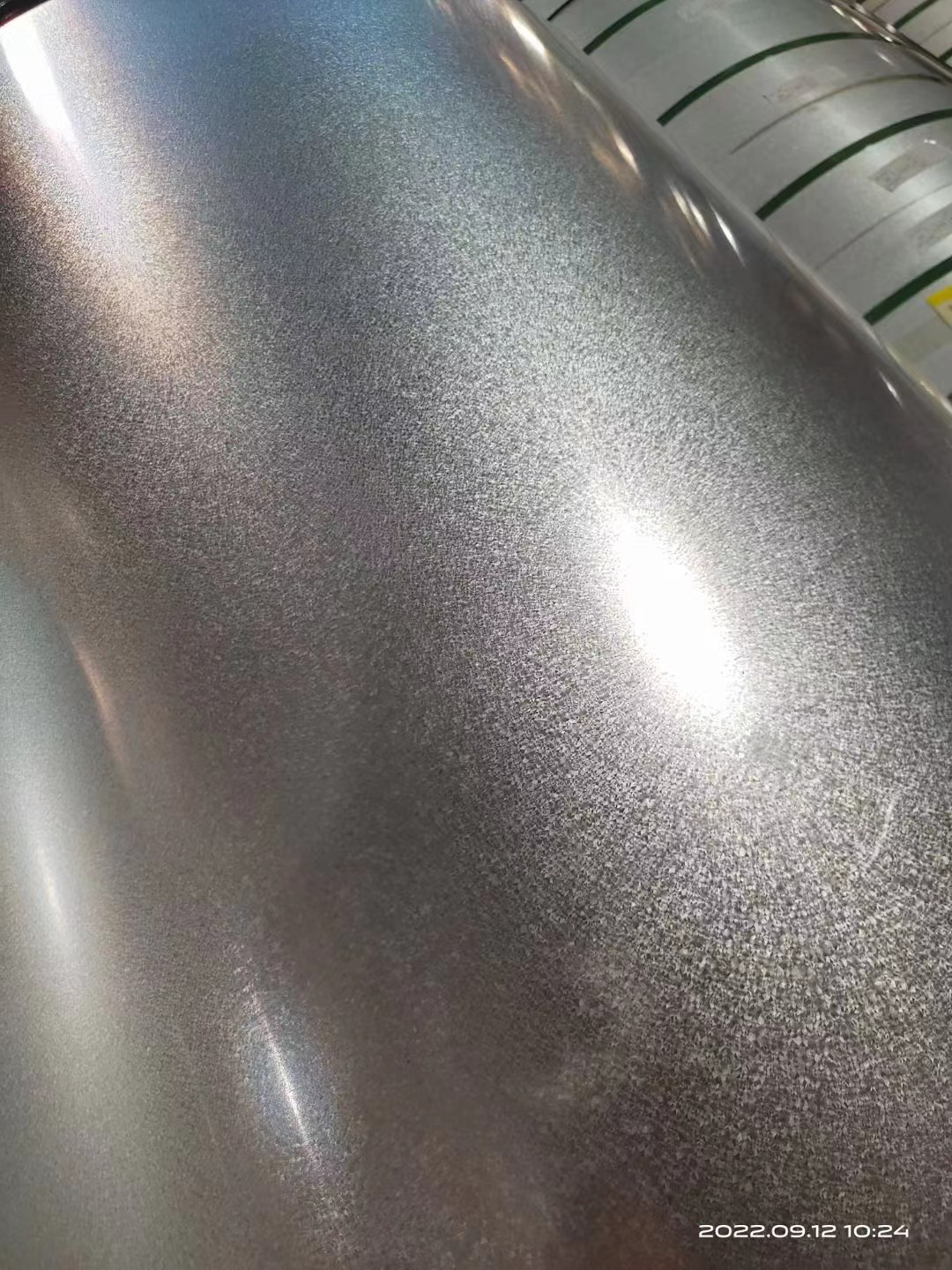
Galvanized Steel Foreign Trade in the Global Changing Landscape: Geopolitical Conflicts, Green Barriers and Breakthrough Strategies
I. Introduction
In 2025, the global galvanized steel foreign trade market is facing a triple challenge of intensified geopolitical conflicts, escalating green trade barriers, and fierce technological competition. The protracted Russia-Ukraine war continues to deplete European industrial capacity, the Israel-Palestine conflict disrupts Middle Eastern logistics hubs, and the China-US trade game has extended from tariffs to technical standards. Meanwhile, the full implementation of the EU’s Carbon Border Adjustment Mechanism (CBAM) and the intensified low-carbon requirements of the US Inflation Reduction Act are forcing the industry to accelerate its green transformation. Against this backdrop, the global galvanized steel industry chain is undergoing a profound restructuring, and enterprises urgently need to seize new opportunities and navigate complex situations.
 II. Geopolitical Conflicts Reshape the Global Supply Chain Landscape
II. Geopolitical Conflicts Reshape the Global Supply Chain Landscape
2.1 Russia-Ukraine War: Turbulence in the European Market and the Emergence of Substitute Demand
Entering its fourth year, the Russia-Ukraine conflict has severely hit the European galvanized steel supply chain. EU sanctions on Russian steel products led to a 62% decline in Russia’s galvanized steel exports to Europe in 2024. Instead, 38% of its production capacity was redirected to emerging markets such as China and India. Due to soaring energy costs, ThyssenKrupp in Germany saw the utilization rate of its galvanizing lines drop to 68%, forcing it to increase imports from Turkey and China. In the first half of 2025, China’s exports to Germany increased by 27% year-on-year.
Ukraine’s post-war reconstruction has generated special demands. It is estimated that 12 million tons of galvanized steel will be needed from 2025 – 2035 for the construction of bridges, energy pipelines, etc. Hegang Group of China won the bid for the reconstruction project of the Port of Odessa with its low-temperature (-40°C) resistant coating technology, with an order value of $320 million. However, the economic recession in Europe has led to a 15% decline in demand for civil construction, creating a contradictory pattern of “growing reconstruction demand” and “shrinking civil demand”.
 2.2 Israel-Palestine Conflict: Dual Decline in Supply and Demand in the Middle East Market and Logistics Hurdles
2.2 Israel-Palestine Conflict: Dual Decline in Supply and Demand in the Middle East Market and Logistics Hurdles
The Israel-Palestine conflict has brought the galvanized steel market in the Middle East to a standstill. Countries such as the UAE and Saudi Arabia suspended 12 infrastructure projects, resulting in a 34% year-on-year decline in regional demand in Q2 2025. The disruption of shipping routes in the Red Sea has increased transportation costs by 40%. The container freight rate from China to Israel soared from $2,800/TEU to $4,100/TEU, forcing some enterprises to cancel orders.
Notably, the conflict has spawned special demands for defensive 工事 (fortifications). The Egyptian military urgently purchased 80,000 tons of bulletproof galvanized steel plates. Ansteel Group of China secured 60% of the order share with its products certified to the NIJ III level, but it had to undergo full – process supervision by a US third-party agency.
III. Green Trade Barriers Set New Competition Thresholds
3.1 EU CBAM: Carbon Footprint Accounting as the Core of Market Access
Since 2025, the EU has implemented CBAM for imported galvanized steel, requiring enterprises to declare the full life cycle carbon footprint. Chinese enterprises face a two-fold challenge: First, the carbon accounting systems are not compatible, and only 23% of enterprises have obtained the ISO 14067 certification; Second, the EU requires that the carbon intensity of imported products should not exceed 1.8 tons of CO₂/ton, and the compliance rate of traditional hot-dip galvanizing processes is less than 40%.
Baowu Group reduced its carbon footprint to 1.2 tons of CO₂/ton through the “green electricity + scrap steel recycling” model, obtaining a 30% tariff reduction under CBAM. Its exports to Europe increased by 55% in 2025. In contrast, non-compliant enterprises face an additional 15% carbon tariff. For example, due to exceeding the carbon intensity standard, a small and medium-sized steel mill saw its export unit price to Europe increase by 22% and lost 40% of its orders.
 3.2 US Inflation Reduction Act: Mandatory Binding of Low-carbon Supply Chains
3.2 US Inflation Reduction Act: Mandatory Binding of Low-carbon Supply Chains
The US Inflation Reduction Act requires that galvanized steel used in new energy vehicles must meet the dual standards of “US domestic raw materials + low-carbon production”. To enter the supply chains of Tesla and General Motors, Chinese enterprises need to prove that more than 50% of their raw materials come from North America or friendly countries, and that the carbon emissions during the production process are lower than the baseline.
Hegang Group partnered with Teck Resources of Canada to establish a low-carbon galvanized raw material base in Quebec. After its products passed the UL 2703 certification, it successfully obtained an annual order of 200,000 tons from General Motors. However, most enterprises were forced to withdraw from the US new energy vehicle supporting market due to their inability to meet the supply chain requirements.
IV. Market Breakthrough Paths Driven by Technological Innovation
4.1 Breakthroughs in Nanocoating and Intelligent Monitoring Technologies
Nanotechnology is reshaping the performance standards of galvanized steel. The graphene-modified galvanized coating developed by Shougang Group has a salt spray resistance time exceeding 2,000 hours. After passing the German VDA 233-102 certification, it entered the global procurement systems of Mercedes-Benz and BMW, with a unit price 55% higher than traditional products.
The application of Internet of Things (IoT) technology is accelerating. The “Steel Chain Cloud” platform developed by the China Iron and Steel Association integrates functions such as AI-based coating thickness prediction and equipment failure warning, increasing enterprise production efficiency by 18% and reducing the product defect rate to 0.8%. A galvanized steel enterprise reduced its order delivery cycle by 22% and increased customer satisfaction to 93% through this platform.
4.2 Industrialization of Hydrogen-based Galvanizing and Waste Zinc Recycling Technologies
Significant breakthroughs have been made in green production technologies. Baosteel’s Zhanjiang base built the world’s first hydrogen-based shaft furnace galvanizing line, replacing coke with green hydrogen and reducing carbon emissions by 85%. This technology has been applied to the NEOM new city project in Saudi Arabia, supplying 300,000 tons of low-carbon galvanized steel annually.
The waste zinc recycling system is gradually improving. China has established a “urban mine” resource recycling network, increasing the waste zinc recovery rate from 38% in 2020 to 65% in 2025. Hegang Tangsteel built a production line with an annual capacity of processing 100,000 tons of waste zinc slag, achieving a 98% recycling rate of zinc resources and reducing production costs by 12%.
V. Strategic Responses of Enterprises and Policy Recommendations
5.1 Regional Capacity Layout to Diversify Risks
Enterprises are accelerating the construction of a “domestic + overseas” production capacity network. Panhua Group invested $3.5 billion in the Philippines to build a 10-million-ton galvanized steel base, with its products radiating the Southeast Asian market; Shagang Group acquired part of the production capacity of ThyssenKrupp in Germany to avoid EU trade barriers. Data shows that enterprises with more than three overseas production bases have 62% stronger risk resistance than those with a single layout.
5.2 Competition for Standard-setting 话语权 (Discourse Power) to Seize the High Ground
China took the lead in formulating ISO 23456 Technical Specifications for Nano-galvanized Steel, promoting the internationalization of industry standards. Baowu Group took the lead in establishing the “Global Low-carbon Steel Alliance”, attracting 27 national enterprises to participate, attempting to promote China’s low-carbon galvanized steel standards globally. After participating in international standard-setting, enterprises’ product premium capabilities have increased by an average of 18 – 25%.
5.3 Policy Support System at the Government Level
It is recommended to establish a “trinity” policy framework: Set up a 20 billion yuan Green Steel Development Fund to support low-carbon technology research and development; Promote negotiation on the mutual recognition of carbon accounting systems between China, Europe, and the US; Pilot the “carbon tariff pre-accounting” mechanism in free trade pilot zones to help enterprises respond to policy risks in advance.
 VI. Conclusion
VI. Conclusion
In 2025, the foreign trade market of galvanized steel has seen geopolitical conflicts causing short-term shocks, green barriers restructuring long-term rules, and technological innovation opening up new tracks. Enterprises need to build core competitiveness with “resilient supply chains + green technologies + standard-setting discourse power” to break through in a turbulent landscape. With the acceleration of the global carbon neutrality process, low-carbon and intelligent development will become the decisive forces in the industry’s development. Only those who take the initiative to transform can gain the upper hand in the new round of competition.





